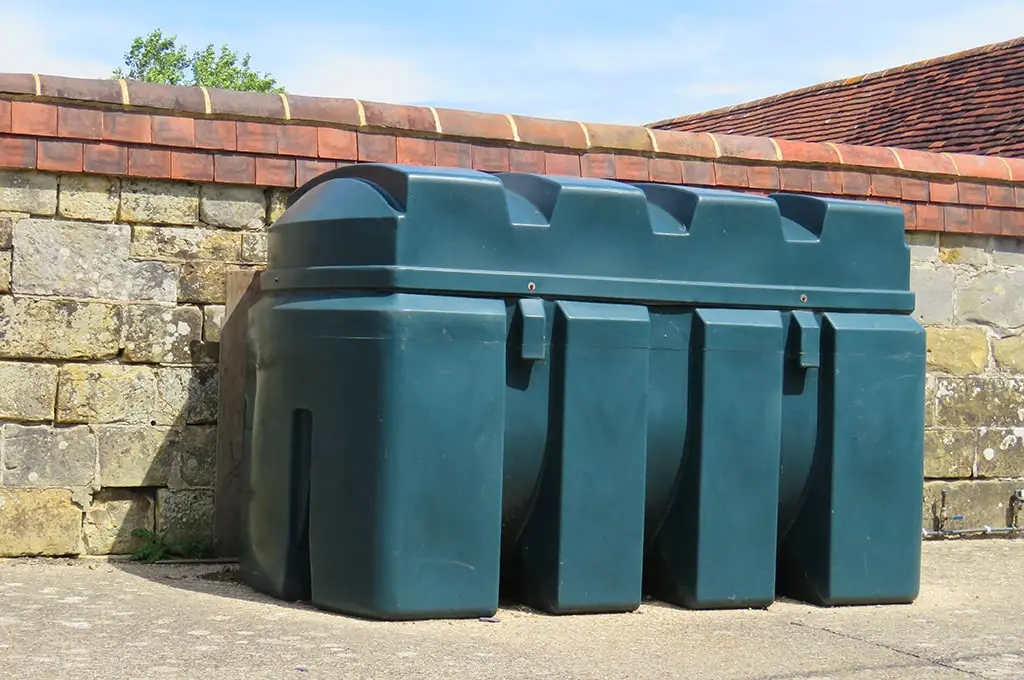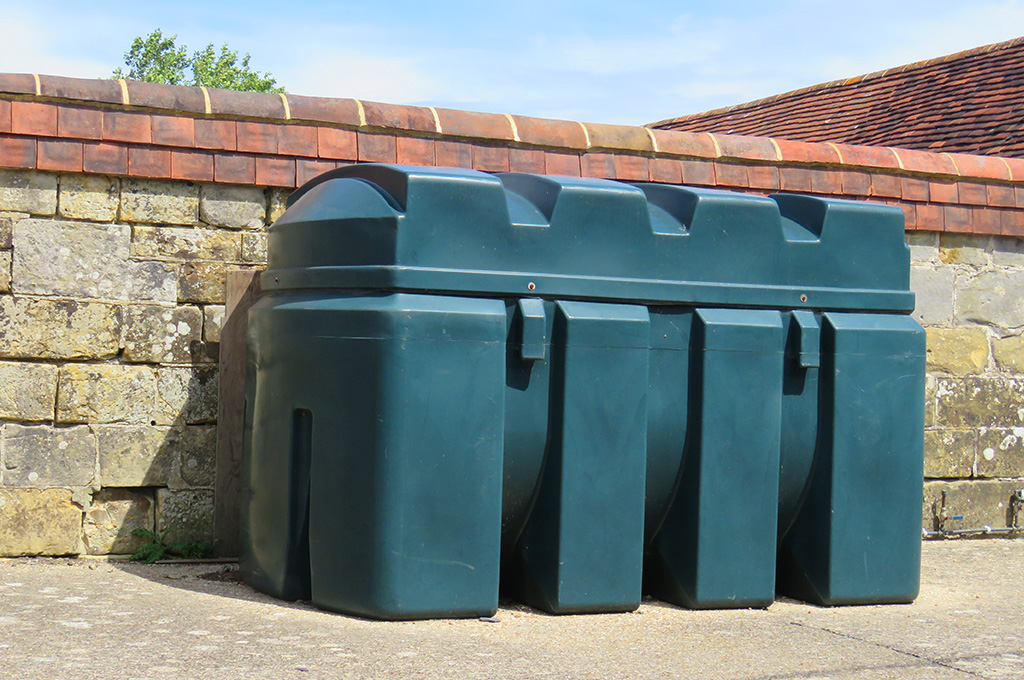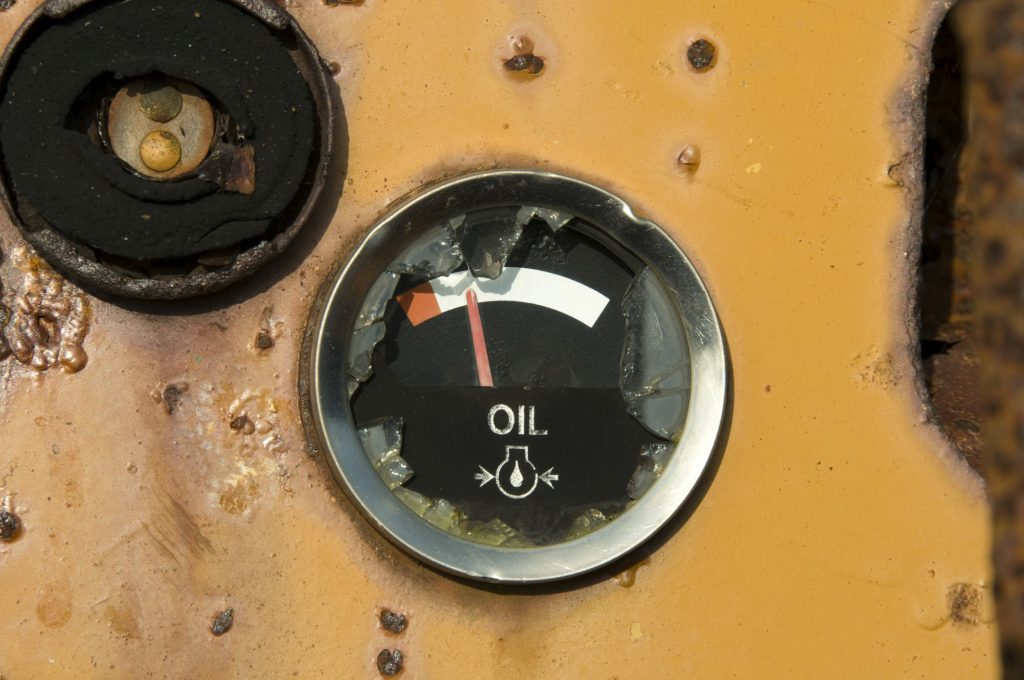It’s not always easy to tell if water has entered your heating oil tank, and so you might only realise this has happened if your boiler starts playing up. Unfortunately, water can be damaging to your fuel tank and your heating system, so it’s important to keep tabs on this and to take action if you think your fuel has been contaminated.
Keep reading to find out how water can get into oil tanks, why it’s problematic and what you can do about it.
*Heatingoil.co.uk would always recommend an OFTEC registered engineer examining your boiler to ensure the UK safety standards are fully met.
Why is there water in my oil tank?
There are various ways that water can get into your heating oil tank. People often assume that it must have arrived with a fuel delivery, but in fact this is extremely unlikely. The most common cause of this type of contamination is condensation. Over time, oil draws moisture from the air in your tank, causing water droplets to form on the walls. Water can also get into tanks as a result of rainwater ingress due to loose inspection lids, ill-fitting filler caps, damaged vents, corroded seals or holes or splits in the tank walls.Why is water a problem?
Water may seem like a harmless substance, but it can in fact be very damaging to your oil tank and to your heating system. There are several ways water can affect your heating system: The fuel line – If enough water builds up, it can enter your fuel line, posing a risk to your boiler’s burner components. Freezing – In winter if water freezes, it can potentially block the fuel supply. Corrosion – Water can also cause corrosion in metal tanks. As well as weakening the structure of the tank, this can create sludge that gets pulled into the fuel line and ultimately damages your boiler.How do I know if there’s water in my tank
It’s not always easy to tell if your heating oil tank has been contaminated. Because water is more dense than oil, it sinks to the bottom of these containers. There are however ways to establish if there’s moisture in your oil tank. Obviously, if you spot cracks or broken seals on your tank, there is a high likelihood that there’s water inside. You can also identify if there’s water at the bottom of this vessel with the help of some special paste. Simply buy a tube of water finding paste and apply some of it to one end of a long, clean stick. Then submerge the stick into your oil tank, making sure it goes all the way to the bottom. Hold it there for as long as the instructions on the tube state and then remove it. This paste changes colour when it comes into contact with water.How to get water out of a fuel oil tank
If you discover that you have water in your tank, you should take action straight away. The most effective way to do this will depend on the type of tank you have and how much water there is. If there is a lot of water – If there’s more than an inch or two of water, it’s best to contact an OFTEC registered engineer to remove the water from your tank. You’ll also need an engineer if the water ingress was caused by a problem with your heating oil tank. They will be able to fix it to stop more moisture getting in, or they may advise you to get a new one. Small quantities of water – For small quantities of water, you might decide to do the removal yourself. If you have a metal tank, there might be a sludge valve at the bottom that you can use to drain the moisture. If you have a plastic tank, you could try using a hand pump to syphon the water off. Moisture build up – For very small amounts of moisture, there’s also the option of inserting a highly absorbent material into the tank that is chemically treated to attract water. These products can usually soak up around two cups of moisture. Tank sponges can be effective too. Made from absorbent materials such as cotton, they are weighted so that they drop to the bottom of the container. They can collect more than half a litre of water, and once they are full, they can simply be removed and replaced. Whichever method you try, bear in mind that any water you remove will be contaminated, meaning you’ll need to dispose of it safely and responsibly. Your local council should be able to tell you where the proper disposal site is in your area. Once you’ve removed the water, you may need to flush your boiler feed pipe and potentially replace your fuel filters. This is something best done by a trained professional.How to remove water from an underground fuel storage tank
Removing water from a regular oil tank can be tricky enough, but it’s even more difficult if your tank is below ground. You may wish to try using a hand pump to get rid of as much as you can, but it’s generally much better to get a heating engineer to look at your tank. There is further information on the OFTEC website about why you should choose an OFTEC registered technician to help solve problems with your oil tank.*How to prevent water getting into your tank
There are a variety of ways to reduce the risk of water getting into your heating oil tank in the first place, including making sure you choose a high quality tank and have it fitted in a suitable location by OFTEC registered installation engineers. You can find guidance on how far your tank should be from water in the oil storage regulations. Also, keep an eye on your tank for any signs of damage, including cracks and bulging, and make sure all caps and lids are securely fastened. If your tank is bunded, ensure the outer layer is secure and in good condition. Just as importantly, have your tank checked by an engineer every year. If you think you need a new tank, take a look at our heating oil tanks page for help and advice.*Heatingoil.co.uk would always recommend an OFTEC registered engineer examining your boiler to ensure the UK safety standards are fully met.





